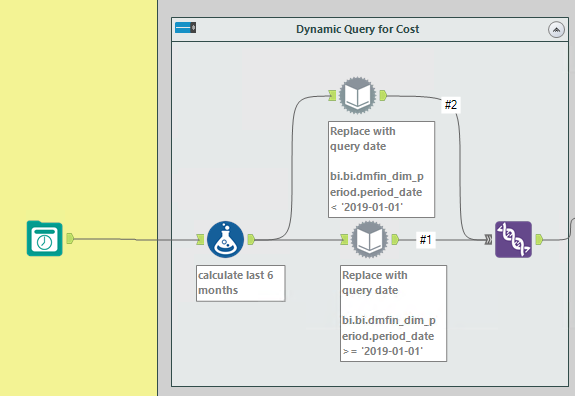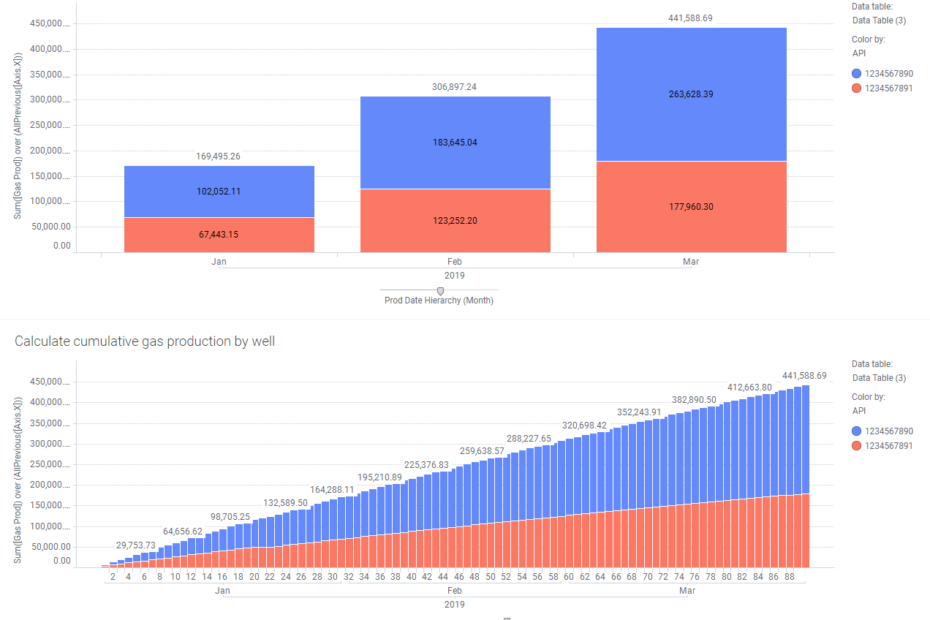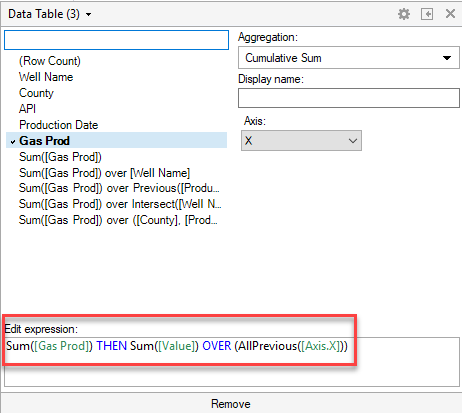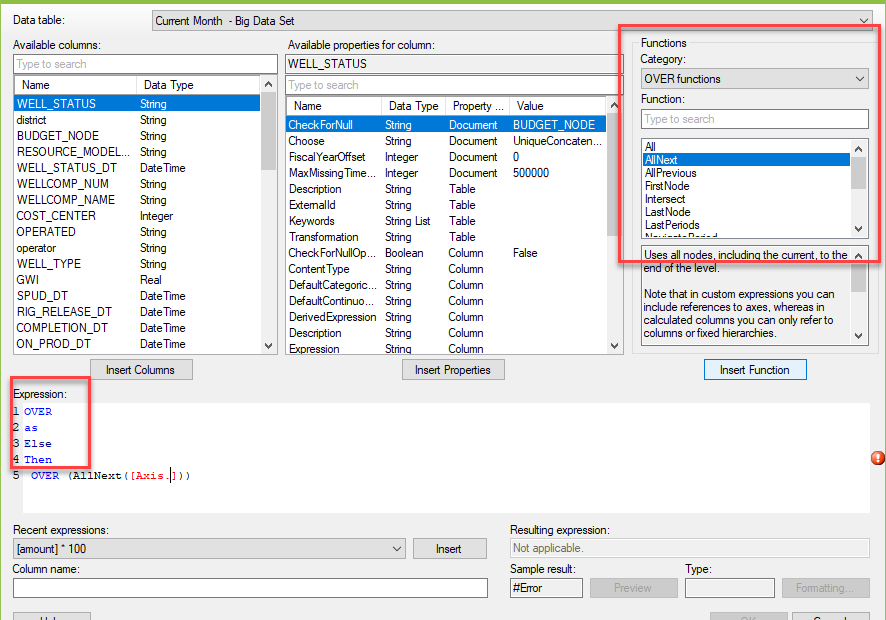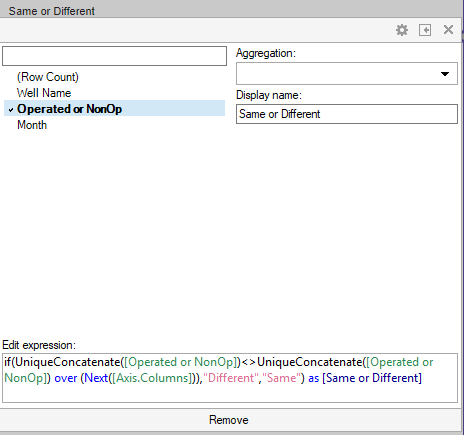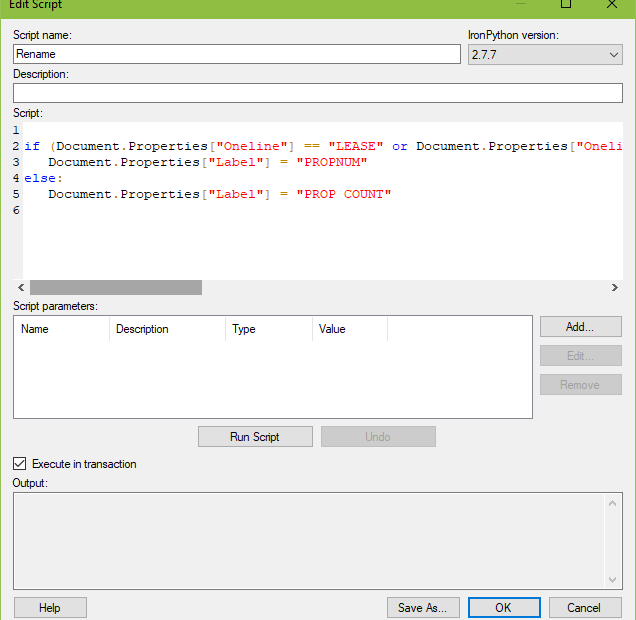How to Create A Dynamic Query in Alteryx
The more I learn about Alteryx, the more I love it as a tool for data wrangling. I recently had 2 use cases pop up where I needed to be able to dynamically change the data being queried. I knew the application could perform this task, but I hadn’t yet learned how to create a dynamic query in Alteryx. Now that I know how I’m writing it up for future reference and other people to use. Two use cases are presented because they are configured differently. Read on to learn how.
Read More »How to Create A Dynamic Query in Alteryx